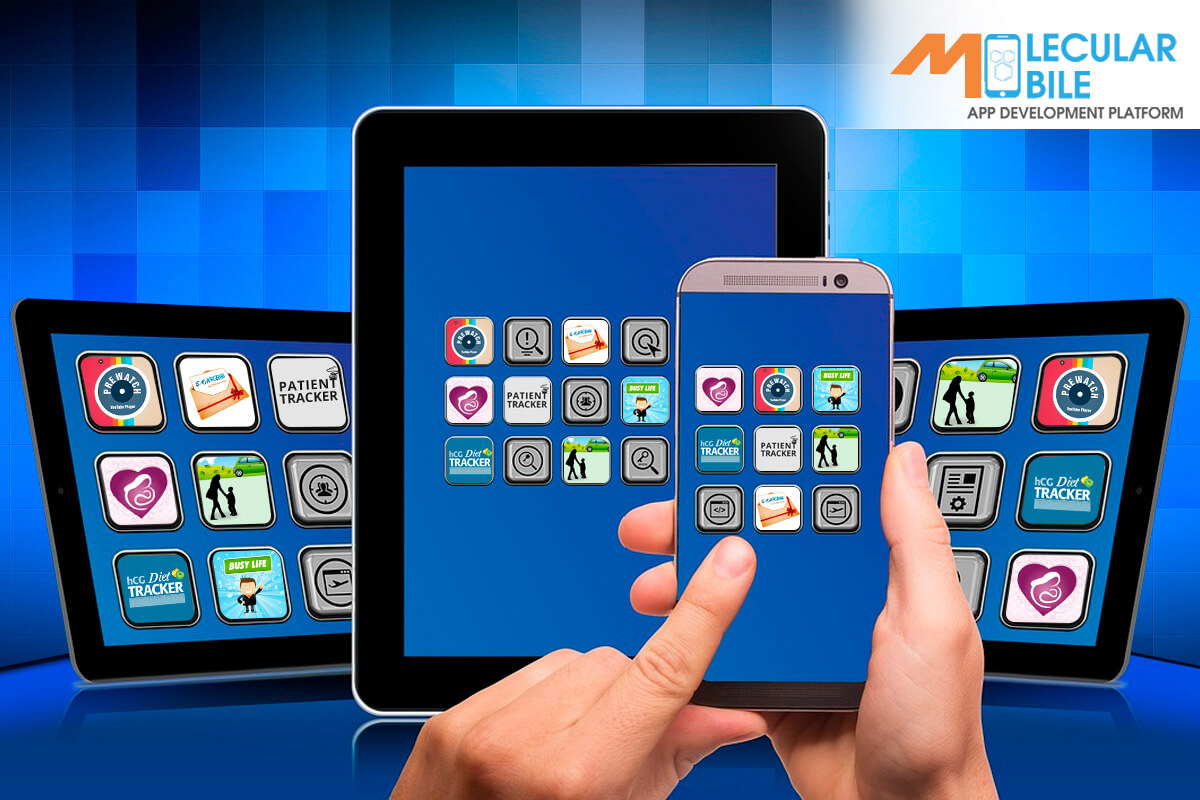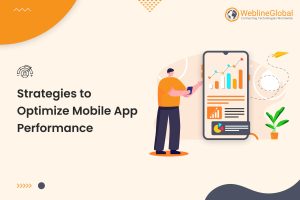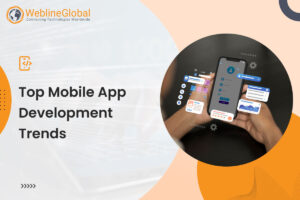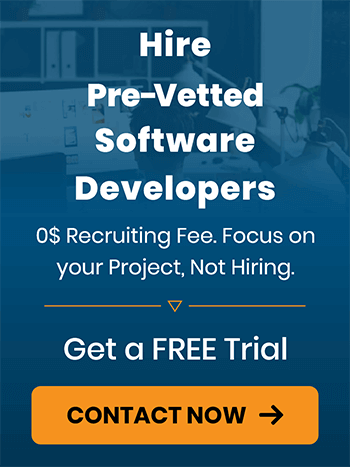
As far as mobile app market is concerned, there are 3 major platforms: iOS, Android and Windows Phone, getting the highest attention from all developers and users. However, it is true that designing and building successful cross platform mobile apps is a challenge for developers.
Challenges of Mobile App Developers:

- iOS and Android Mobile OSes are both based on variations of Unix
- Programming language differences: The iOS platform uses Objective-C with Cocoa and more recently Swift; Android relies on Java with the ADK and Windows Phone has C# with .Net
- iOS, Android and Windows Phone – Each platform has a different event model, security model and UI model
- A native language and SDK or software development kit is associated with each mobile platform.
- There are different process and resource management behaviors in each platform
- Each platform has its own way of displaying information, laying out screens and implementing navigation
- Developers must consider many platform specific differences. For e.g.: in-tab navigation is a prominent feature of iOS but absent in Android
There are multiple challenges involved in cross-platform development, particularly to conform and fulfill the unique platform specific requirements while aiming to deliver an effective, consistent, simple and more compelling user experience.
Developers, IT managers and their admins must constantly brush their skill of correctly developing apps across platforms such as iOS, Android and Windows to get ahead and stay ahead.
Solutions like HTML5 can be run on all three platforms and allows code sharing, same as can code written in C++.
Things to consider when building multi-channel apps :
1. Beautify Your App: The aesthetic appeal, look and feel of every app is relative to the platform. Maintain the basic brand identity at all times while approaching the design demands of each platform separately. Align your branding around the specific parameters of your target platforms.
2. Focus on Code Reuse for Your App’s Logic: High reusability is desirable with your app’s logic.
3. Use platform independent programming modules: Approach cross-platform app development like a ‘web service’ where your code is built completely abstract and programming modules platform-agnostic, making the architecture platform independent while maintaining reusability across platforms.
4. Work closely With Your Design Team: As mobile platforms are different, your cross-platform apps will look slightly different across platforms. This needs some education and collaboration with your design team.
5. Look for Prebuilt modules: Before you start developing, look around for prebuilt modules that can save you huge amounts of time without reinventing the wheel, but still deliver the same level of functionality.
6. Test Often on target platforms: Your cross-platform app is likely to comprise of both cross-platform and platform-specific code and components. So testing the app frequently during development is extremely necessary to save you from suddenly discovering the shortcomings in one platform.
7. Use it Yourself: When you use and experience the target platform for yourself, you know how the platform works. Explore other apps to make a healthy and honest comparison.
8. Make use of trusted cross-platform API modules: Great cross-platform modules can not only lessen the development time, but also provide the widest exposure to all native SDKs.
9. Select the development technologies: There are platforms available these days in which we don’t need to write a single line of code except HTML5 to update app functionality on web server from which the HTML is downloaded, which proves to be a good solution for some applications.
10. Define the user experience: A good slogan here is “application personality, platform look and feel.” With application personality, customers can experience the unique values provided by your applications. With platform look and feel, the customer can interact with your application same way as they interact with other applications on the platform and quickly get accustomed to the application.
11. APP turnaround time : A better approach is to maintain a rapid release cycle process. High quality demands early customer feedback. Get the applications tried out by as many people as possible before release. A single tap to report issues is an easy way for early users resulting in increased feedback.
12. Delivering amazing UX: Navigation should be easy in the application by installing features with fewer taps. Most of the screen space should contain the most expected data such as the most important commands, status, etc. Menus or other dialogs should contain any less commonly used items.
13. Tune the application for high performance: Response time and CPU-Memory-Network consumption are the most important areas to consider.
14. Interact with other applications: Customers expect their applications to work together, and allowing interaction will increase usage of your application.
15. Monitor customer feedback: Quickly gather as much feedback as possible in product reviews and blogs. This feedback enables developers to promptly address urgent issues heading towards future improvements.
[Tweet “WeblineGlobal’s MMADP…Master key to your APP development needs!!! flawlessly.”]
WeblineGlobal Molecular Mobile Application Development Platform (MMADP), a click-n-deploy scalable architecture, can be configured through a very user friendly UI builder. Developers can auto-regenerate code from native to native, native to hybrid and vice-versa as well as native / hybrid to html5 and vice-versa. The connection of platform to complex back-end systems / middleware / MBaaS and Compilation Servers further synchronizes UI screens to actions and generate multi-channel apps. Before deployment the auto-generated App goes through our cloud hosted end-to-end test automation.
Considering the few of the many benefits such as 250+ reusable libraries, 200+ off-the-shelf components, One Page Configuration, End-to-End encryption / decryption of data and file services, Re-usable Enterprise Connectors, MMADP (Molecular Mobile App Development Platform) is an end-to-end, ready-to-use and click-n-deploy suite combining features of many MEAP and MADP solutions available in the market.
Request a trial and Share your comments.




